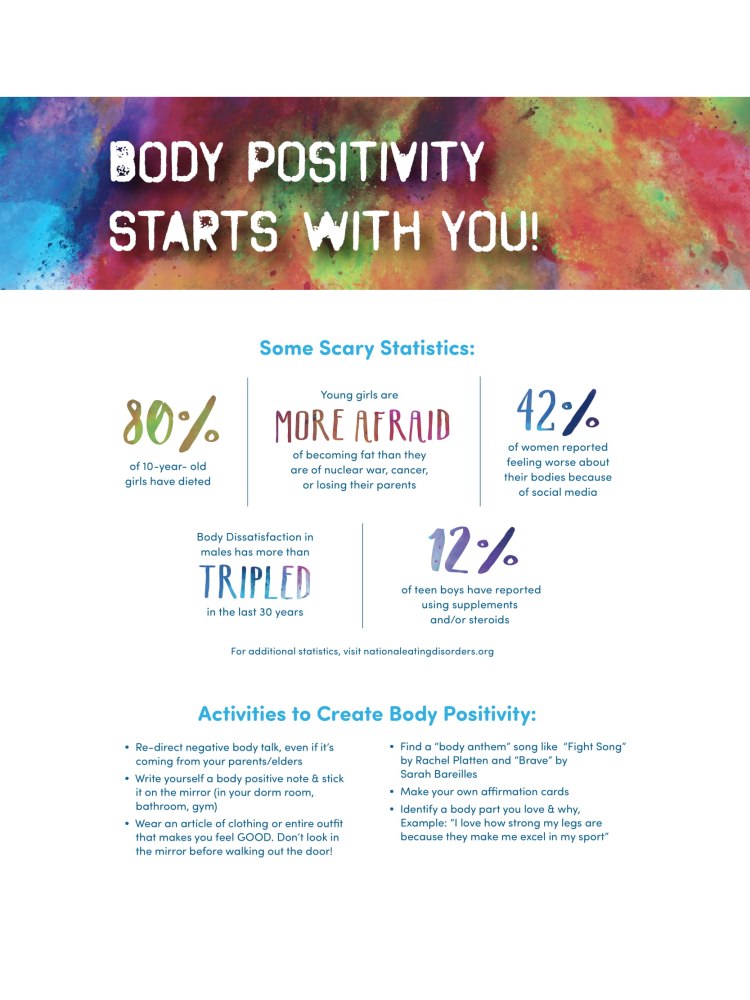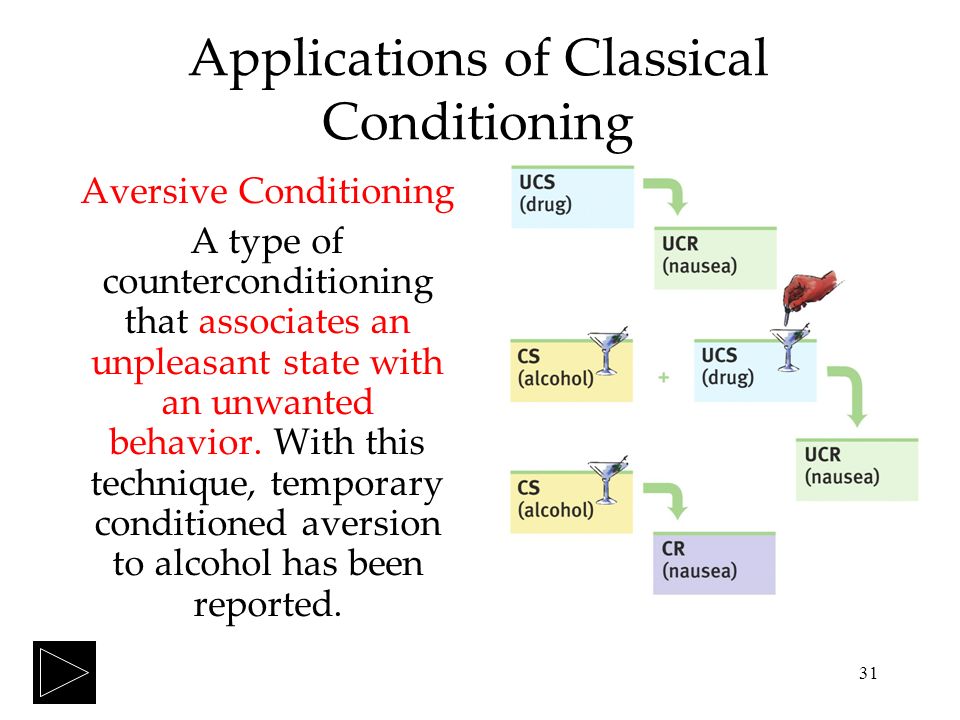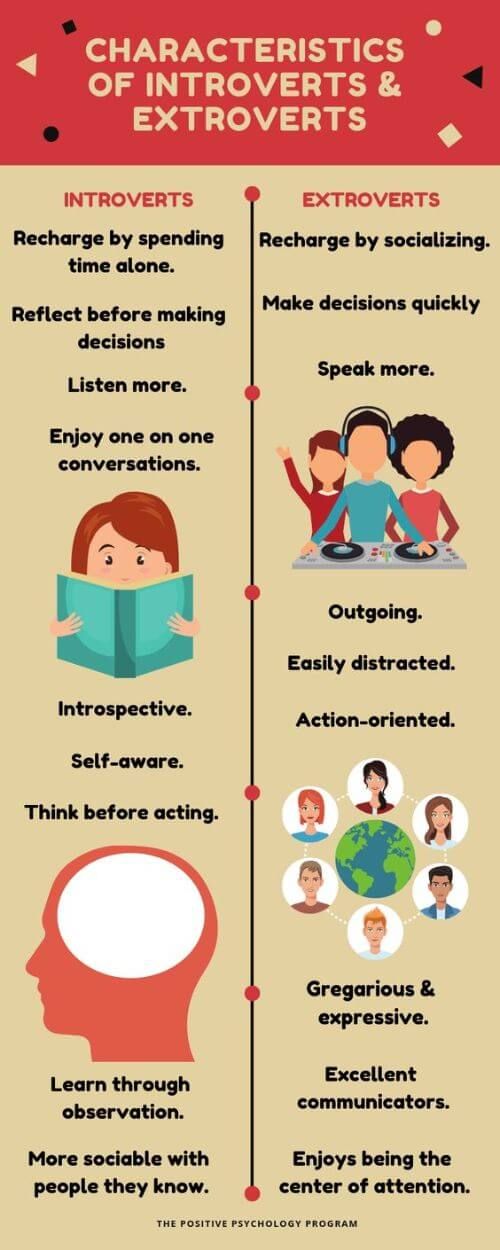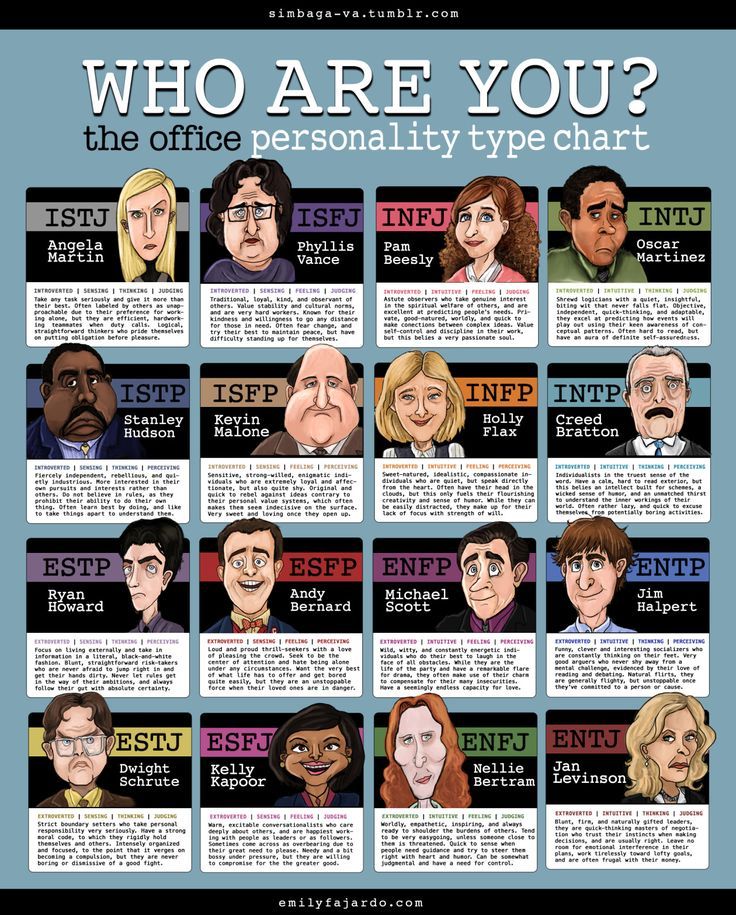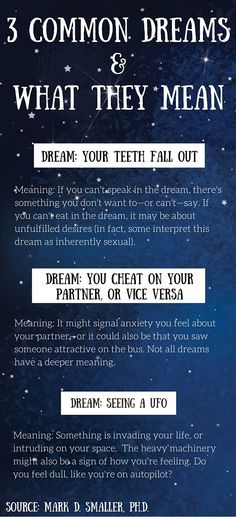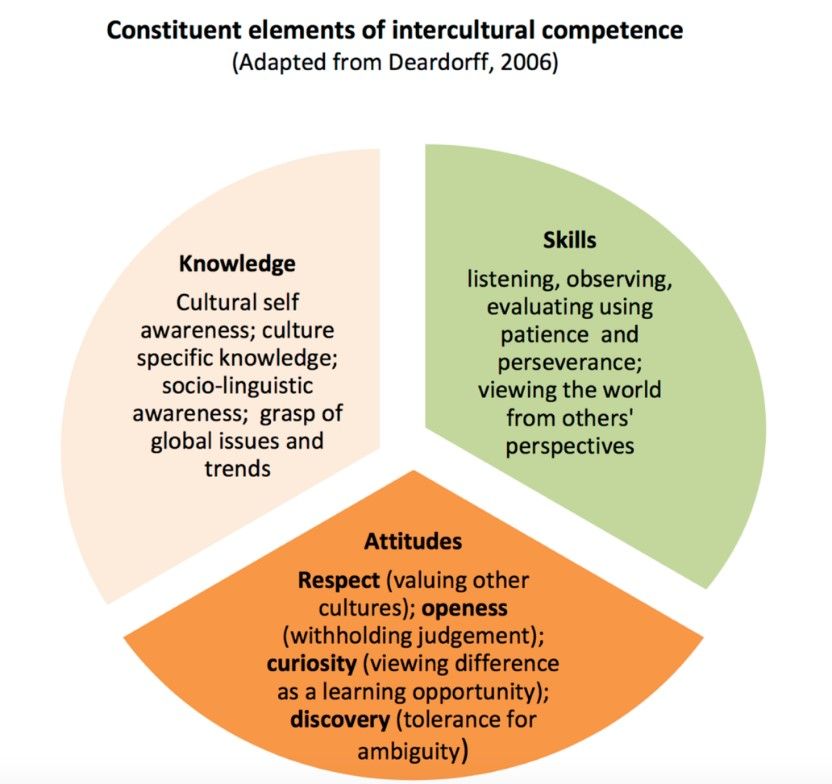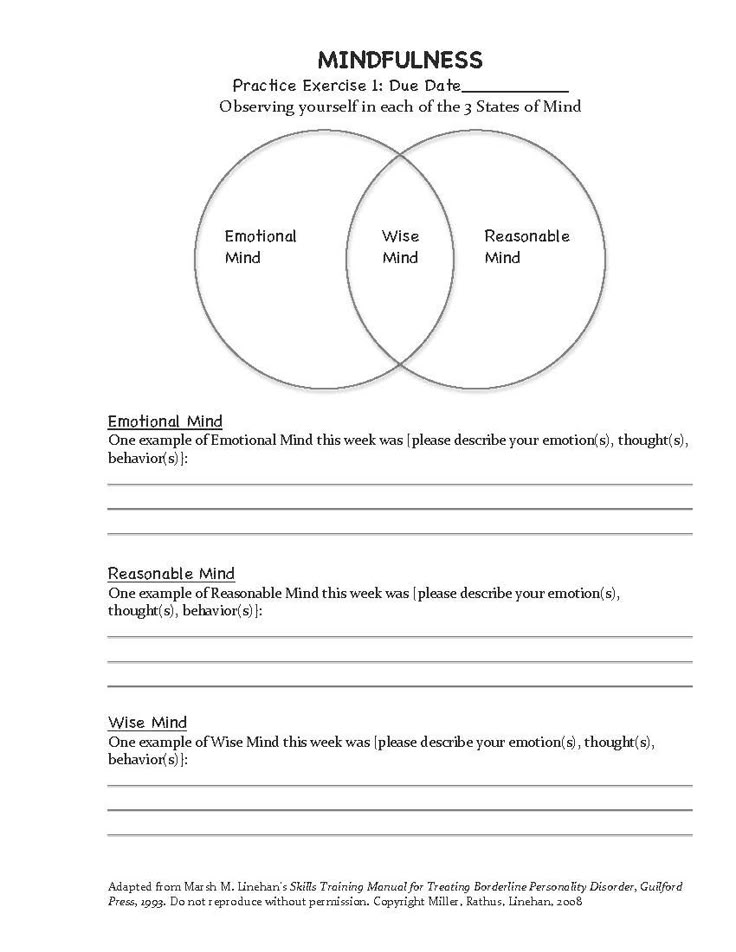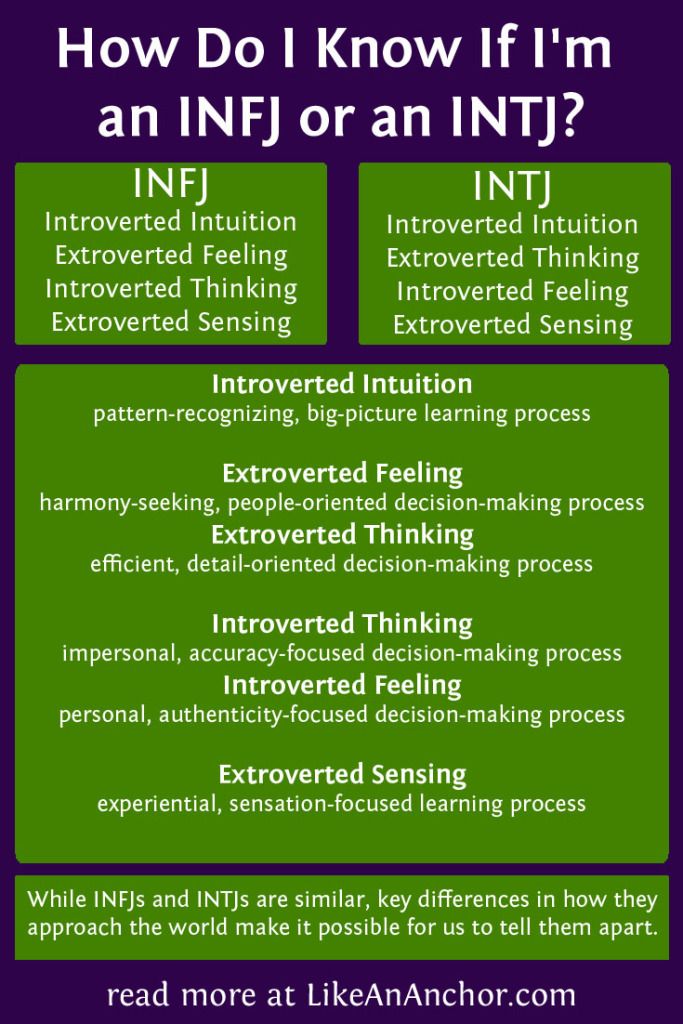Media and positive body image
Why Body-Positive Social Media May Be Good for You
Source: Jennifer Enujiugha/Pexels
Social media has been criticized for presenting a distorted reality when it comes to beauty (and many other things). Namely, celebrities, models, actors, and other “influencers” on social media often portray societal beauty ideals, which idolize thinness and leanness, muscle tone and muscularity, youth, and being able-bodied. Even people we know “in real life” typically post their “highlight reels,” and these images are often carefully selected and edited with filters or other adjustments. Exposure to these types of idealized images has been shown to cause body dissatisfaction and other aspects of negative body image, as well as disordered eating.
In recent years, the body-positive movement has become increasingly visible on social media, as an “antidote” to beauty-ideal imagery and its negative consequences. Broadly speaking, body positivity involves an overall respect and appreciation for one’s body, regardless of whether it meets societal beauty ideals for how a body “should” look and function.
Body-positive content on social media typically portrays non-sexualized and “enhancement-free” images of people with diverse bodies, in terms of characteristics such as body shape and size, physical ability, skin color, and gender identity. These images are often accompanied by captions that promote body positivity (e.g., “All bodies are worthy of respect.”), facets of social justice (e.g., reducing stigma toward transgender individuals), and stories of resilience (e.g., recovery from an eating disorder).
In a new experiment, researchers at the University of the Sunshine Coast (Australia) investigated whether body-positive social media could cause improvements in people’s body image, and, if so, what factors might explain who benefits most.
Testing the Effects of Body-Positive Social Media
The experiment involved 233 participants who identified as women and were between 18 and 30 years old. Participants were randomly assigned to one of three groups:
- Group 1: the body-positive group, who viewed a series of Instagram images reflecting the body-positive movement.

- Group 2: the body-positive group with captions, who viewed the same Instagram images, but with captions and hashtags underneath.
- Group 3: the control group, who viewed a series of Instagram images containing only cityscapes, without people and without captions.
Group 2 was included to test the distinction between viewing body-positive social media with and without captions, and Group 3 was included to ensure that any effects of the study were due to the body-positive media, and not to other features of taking part in the experiment. This is akin to a “placebo” in medical trials.
Before and after viewing their respective series of Instagram images, all participants filled in questionnaires to measure their current body image and mood.
The key results of this experiment are the following:
- All participants experienced improvements in body appreciation (a key facet of positive body image) and positive mood. This is interesting, considering that we may not have expected improvements in Group 3, who viewed cityscapes.
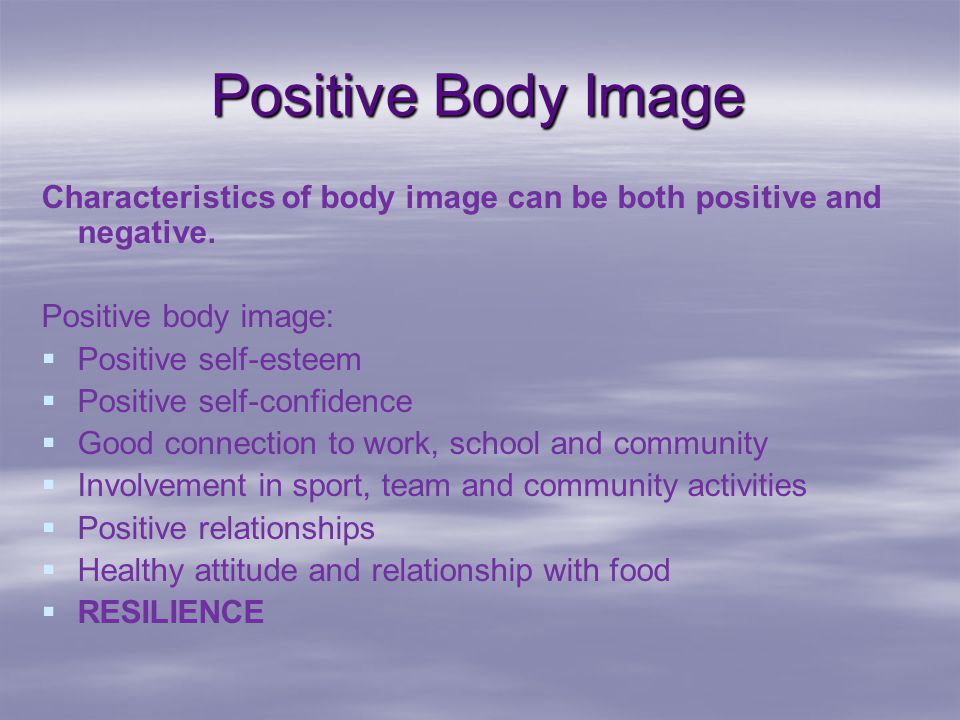 Given that the experiment took place during the COVID-19 pandemic, the researchers theorized that viewing cityscapes may have induced positive feelings related to thoughts of being able to travel again.
Given that the experiment took place during the COVID-19 pandemic, the researchers theorized that viewing cityscapes may have induced positive feelings related to thoughts of being able to travel again. - Perhaps most importantly, participants who viewed body-positive social media — both with and without captions — experienced improvements in body satisfaction. The effects on body satisfaction were slightly stronger for the body-positive media with captions, suggesting that messages reinforcing the ideals of the body-positive movement may pack a “double dose” of positive impact.
- The effects of body-positive social media did not differ based on women’s pre-existing ideas about beauty. The researchers expected that the impact of body-positive social media would be stronger for women who already agreed with aspects of the body-positive movement, such as the notion that all bodies are beautiful and worthy of respect. Instead, all women benefited from the body-positive social media, regardless of their endorsement of broader conceptualizations of beauty.
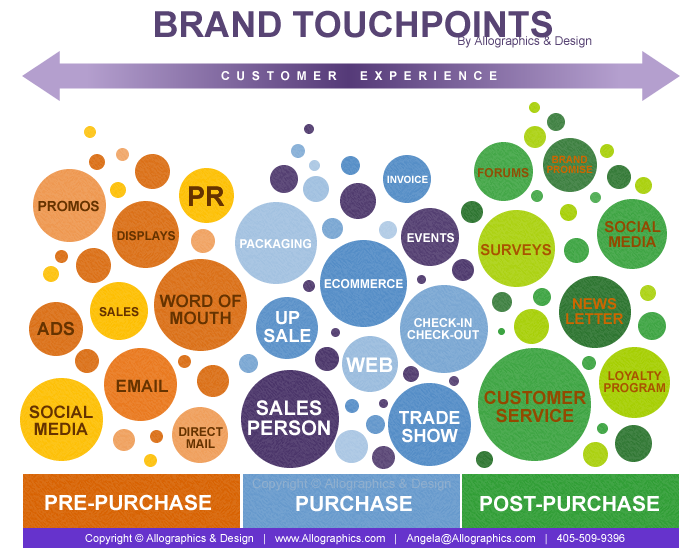
The Take-Home Message
The current experiment adds to a growing body of science showing that body-positive media can have a positive impact on body image and other aspects of well-being. Body-positive social media that is accompanied by captions promoting the ideals of the body-positive movement may be especially beneficial. It is promising that the effects of body-positive social media on body satisfaction in this experiment held for all women, regardless of their pre-existing ideas about beauty. This means that body-positive social media can potentially have a positive impact on a greater number of people. More broadly, research shows that when people experience positive body image, they treat their bodies and themselves with more care and compassion and experience more physical and psychological well-being. Interestingly, they are also more likely to promote positive body image among others.
It should be noted that the present experiment was limited in terms of its participants, who were young and comprised cis-gender women only.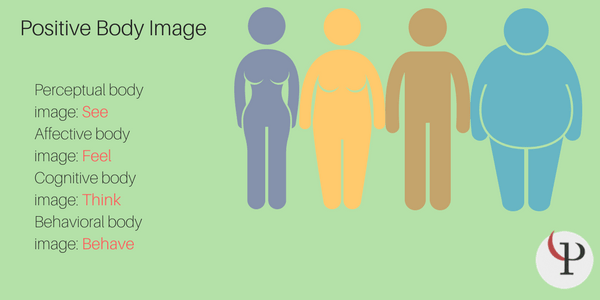 The researchers acknowledge that an important next step is to investigate the impact of body-positive social media on people with diverse characteristics — for example, in terms of age and gender orientation.
The researchers acknowledge that an important next step is to investigate the impact of body-positive social media on people with diverse characteristics — for example, in terms of age and gender orientation.
References
Manning, T. M., & Mulgrew, K. E. (2022). Broad conceptualisations of beauty do not moderate women’s responses to body positive content on Instagram. Body Image, 40, 12–18.
de Valle, M. K., Gallego-García, M., Williamson, P., & Wade, T. D. (2021). Social media, body image, and the question of causation: Meta-analyses of experimental and longitudinal evidence. Body Image, 39, 276–292.
Holland, G., & Tiggemann, M. (2016). A systematic review of the impact of the use of social networking sites on body image and disordered eating outcomes. Body Image, 17, 100–110.
Tylka, T. L., & Wood-Barcalow, N. L. (2015a). What is and what is not positive body image? Conceptual foundations and construct definition. Body Image, 14, 118–129.
Social Media and Body Image: Negative and Positive Effects
- Social media can negatively affect body image by over-exposing you to "idealized" body types.
- While posting selfies may help body image, trying to edit out perceived flaws can be harmful.
- To reduce harm on social media, unfollow accounts, find a healthy community, and take breaks.
With an estimated 3.6 billion users worldwide, social media is a large part of today's culture. But consistently scrolling through posts — particularly images that evoke negative feelings or elevate a certain body type — can impact how you see yourself.
Because social media is filled with people presenting themselves in their best light, it can be difficult to avoid images and messages that might make you feel negatively about your body. But there are ways you can curate your feed to make it a healthier space for you.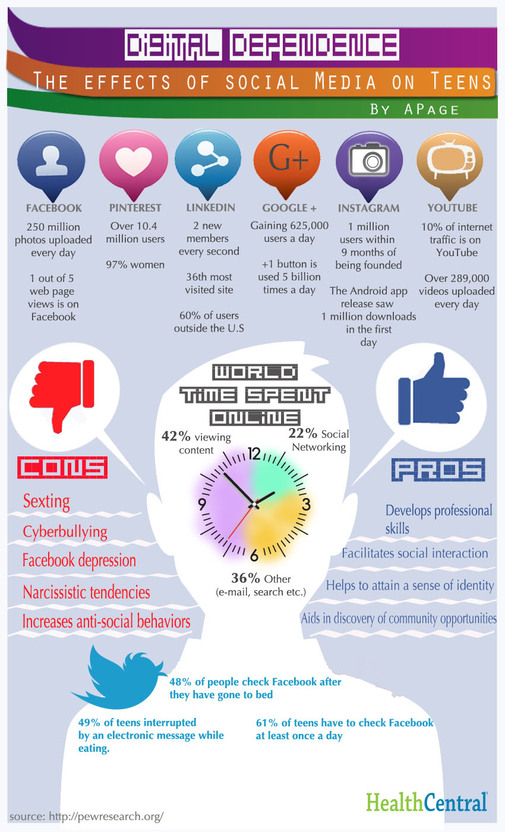
Here's how social media can affect body image and tips for using it in a more positive way.
How social media can negatively affect body imageBody image refers to your perspective of your body's appearance and how it compares to societal standards. A negative body image can cause unrealistic expectations of how your body should look and could lead to unhealthy behaviors, like disordered eating.
A small 2018 study found a correlation between time spent on social media, negative body image, and disordered eating. This was especially true if participants were scrolling through appearance-related content, like the account of a fitness instructor or model on Instagram.
Here are some of the sneaky ways that social media can distort how you perceive your body:
Constant comparisonsOne of the ways social media can hurt your body image is by exposing you to images of "idealized" body types, causing you to compare yourself to them.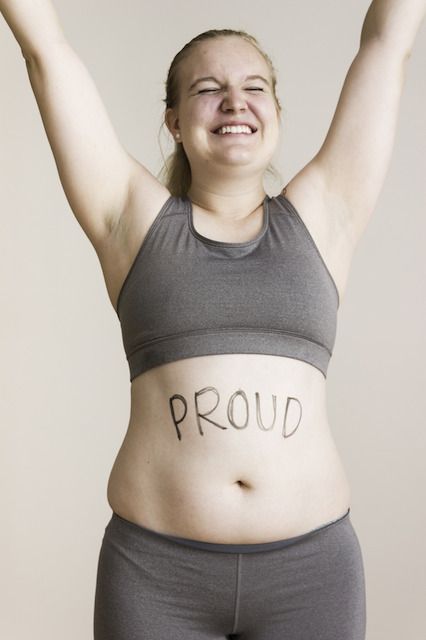
"People end up creating unrealistic ideals for themselves based on what they see and feel distressed when they aren't able to meet those ideas or self-expectations," says Neha Chaudhary, MD, a child and adolescent psychiatrist at Massachusetts General Hospital and Harvard Medical School.
A 2015 study found that female-identifying college students who spent more time on Facebook had poorer body image. The researchers concluded that "young women who spend more time on Facebook may feel more concerned about their body because they compare their appearance to others (especially to peers)."
These comparisons can be part of a vicious cycle.
In a 2021 study of 15 to 35-year-olds, the more they compared themselves to people they followed on social media, the more dissatisfied they became with their bodies. The researchers also pointed out that, if the subjects were already dissatisfied with their bodies, it could increase the drive to compare themselves to others on social media.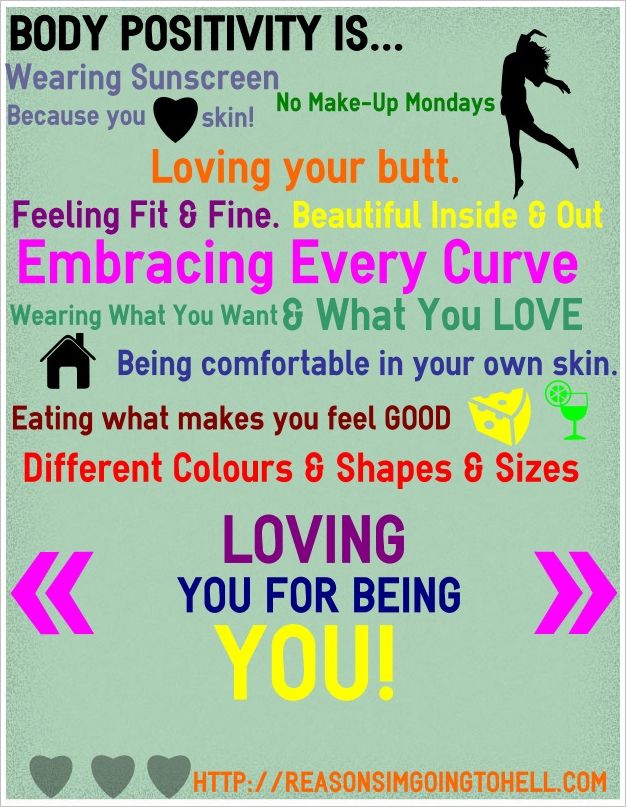
This behavior could lead to disordered eating or other unhealthy habits. Each type of eating disorder has different symptoms, but some signs of an eating disorder can include:
- Low body weight
- Frequent weight fluctuations
- Hiding food or eating alone
- Preoccupation with body weight or appearance
- Binging and purging
Important: If you think you may have an eating disorder, talk to a doctor or mental health professional who can help you get treatment and find a path to recovery.
Photoshop and filtersOf all the photos you see on your social media feeds, there's a good chance most of them have been edited. According to a 2017 Harris Poll, nearly two-thirds of Americans edit their photos before posting.
Photoshop and filters that alter or edit images can also contribute to negative body image, says Jill M.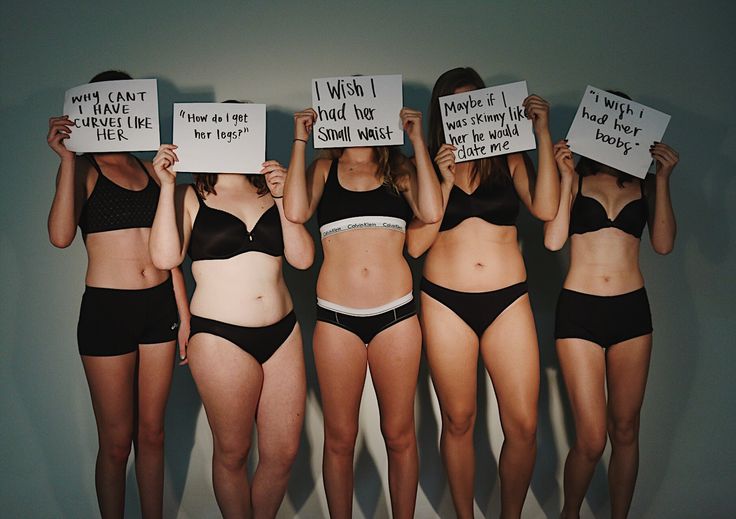 Emanuele, PhD, the senior director of the Mood Disorders Center at the Child Mind Institute, a national nonprofit that supports families with mental health and learning disorders.
Emanuele, PhD, the senior director of the Mood Disorders Center at the Child Mind Institute, a national nonprofit that supports families with mental health and learning disorders.
"Photoshop and filters present people and things in their best light," Emanuele says. "It creates a distorted fantasy world and raises the bar on what people perceive is 'the best' way to be."
Even the process of editing your own images can play a role in how you perceive your body. According to a 2022 review, research found that taking and editing selfies was more harmful than posting them, perhaps because it allows you to focus on — and try to fix — your flaws.
Interestingly, posting images doesn't seem to have the same effect. A 2016 study showed that posting more selfies on instagram was associated with a higher degree of body image satisfaction. Another 2020 study of women found that posting selfies was associated with an increase in self-esteem.
Fitspo and thinspoFitspiration and thinspiration — otherwise known as "fitspo" and "thinspo" — are terms that describe social media accounts and images that encourage users to be fit and thin.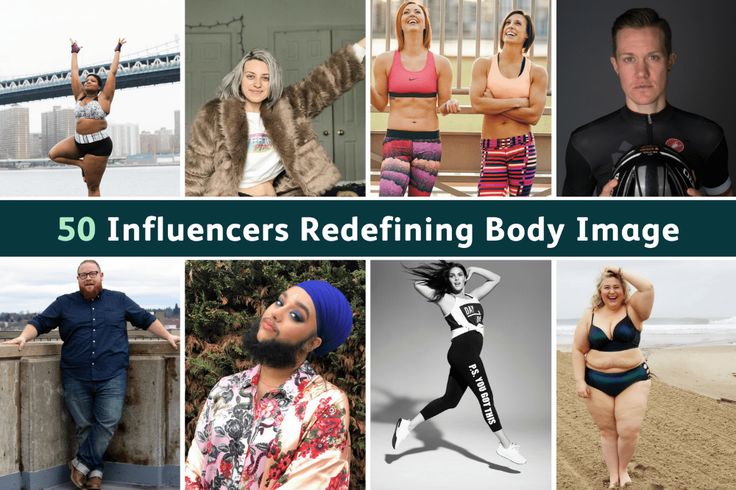
A large 2017 study surveyed US college women and found about 10% had created social media posts about weight, body image, exercise, or dieting over a one-month period. Meanwhile, 27.4% commented on friends' posts about these topics.
Researchers concluded that more time spent on Facebook leads to more frequent body and weight comparisons and more negative feelings about one's body. It also found that for women who wanted to lose weight, more time on Facebook resulted in more disordered eating symptoms.
Negative effects for menWhile most studies on social media and body image focus on women, a 2020 study found similar effects in men.
The study analyzed 1,000 Instagram posts uploaded by male-identifying persons and evaluated responses — in the form of likes and comments. Most of the posts depicted muscularity and leanness, and the posts displaying this body type received the highest number of likes and comments. The researchers concluded that these findings are "potentially harmful to men's body image.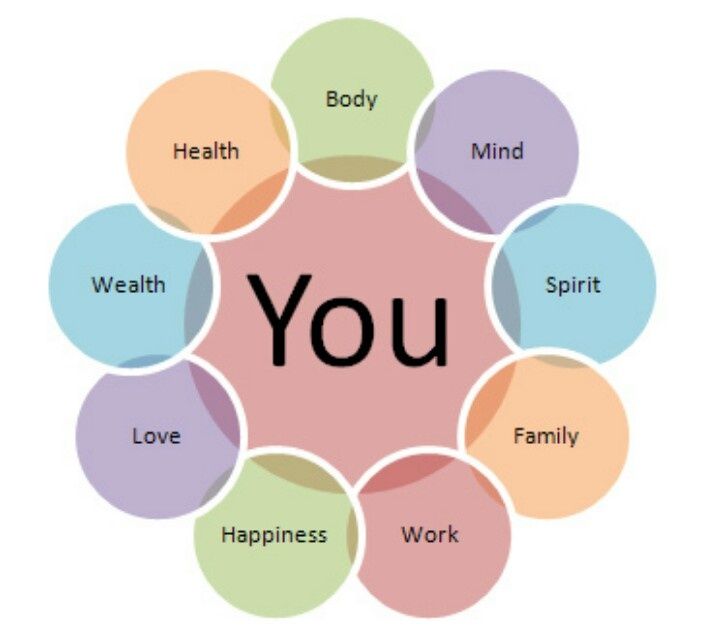 "
"
For men, the proliferation of a lean, muscle-laden body type on social media could lead to body dissatisfaction and muscle dysmorphia. Muscle dysmorphia — a type of body dysmorphia — is when one perceives that their body is not muscular or lean enough. It can cause people to engage in unhealthy amounts of exercise and may lead to disordered eating.
According to a 2015 report, stigmas around seeking help for mental illness and eating disorders could discourage some men from getting a diagnosis and treatment. Plus, the assumption that women are most affected by eating disorders could cause more men to go undiagnosed and less likely to receive treatment early on, when it would be most effective.
How social media can promote body positivityNegative impacts of social media on body image are well documented, but social media can also have a positive effect on your body image, Chaudhary says.
Body positive content and communitiesA 2019 Australian study surveyed women between 18 and 30 after viewing body positive content on Instagram. Body positive content seeks to show appreciation and acceptance for all types of bodies. Researchers concluded that after viewing positive content, the women not only felt better about their bodies, but they were also in better moods.
Body positive content seeks to show appreciation and acceptance for all types of bodies. Researchers concluded that after viewing positive content, the women not only felt better about their bodies, but they were also in better moods.
"People tend to emulate what they see or adjust their expectations of themselves based on what others are doing or how they look," Chaudhary says. "Advocates of body positivity and influential figures definitely have a unique ability to make a positive impact on how people view themselves and their bodies, especially when it comes to young people."
Social media can also positively impact body image by connecting you with others that help build a body-accepting community, Emanuele says.
Instagram vs. reality
One trend that aims to expose social media's ultra-curated, performative standards are "Instagram versus reality" images. These images often show an edited photo of someone at their best angle alongside a more "real" photo that shows their imperfections.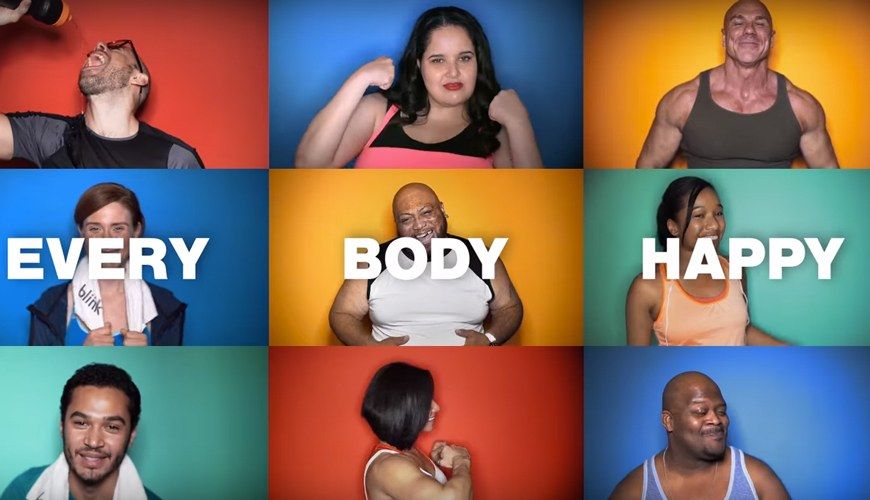
In a 2019 study, women were shown these types of posts, either in their original form or just the "reality" or "instagram" images separately. Researchers found that women felt less dissatisfaction with their bodies after seeing either the "reality" images or the "instagram versus reality" images side by side.
Tips to foster a healthy relationship with social mediaSocial media can negatively affect your body image, mood, and overall mental health, but there are ways to counteract this. Here are three suggestions for curating a more positive feed:
1. Take a break. If you find you feel worse after scrolling, take a step back and see how you feel after disengaging. If you feel better, there's no shame in putting your phone down for a while, whether that be a few hours, days, or weeks. Even a weeklong break can be enough to boost your mood, a 2022 study found.
2. Unfollow accounts that don't make you feel good. Pay attention to which accounts, people, and images lift you up.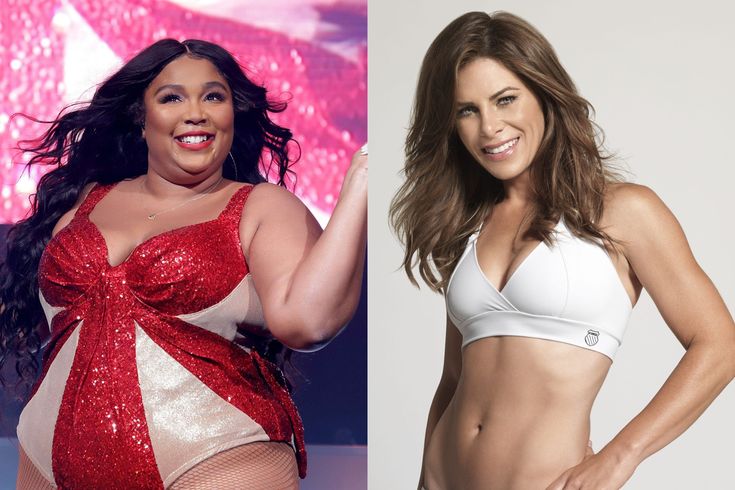 "I tell my patients that one of the biggest shifts they can make is to start to replace content that leaves them feeling worse with content that makes them feel better when they consume it," Chaudhary says.
"I tell my patients that one of the biggest shifts they can make is to start to replace content that leaves them feeling worse with content that makes them feel better when they consume it," Chaudhary says.
3. Find a community. Follow body positive accounts and join supportive groups that can help shift your mindset about "ideal" body types.
Insider's takeawayYou may think you are simply scrolling through social media to unwind, but research has found the images you see and the people you interact with can have an impact on your self-perception.
But, that doesn't mean all social media use is bad. It just means you may need to re-evaluate how you use social media.
You can make social media a healthier environment for you, whether that means unfollowing certain accounts, finding a healthy community, or taking breaks from the daily scroll.
Erin Heger
Erin Heger is a freelance journalist located in the Kansas City area. She primarily covers stories related to healthcare policy, maternal mental health, parenting, and personal finance. Her work been featured in The Atlantic, Rewire.News, Refinery29, HuffPost, and more.
She primarily covers stories related to healthcare policy, maternal mental health, parenting, and personal finance. Her work been featured in The Atlantic, Rewire.News, Refinery29, HuffPost, and more.
Read moreRead less
Body image | PARABOLA Center of Psychology
Author: Olga Sologubova
In this article I talk about body image from the point of view of psychology: what is body image, how it affects self-esteem, mood, psychological well-being. I describe "harmful" and "useful" attitudes that can change the perception of body image. Here are some effective ways to improve your relationship with yourself and your body.
What is body image?
Body image is how a person perceives his appearance, what a person thinks and feels about his body.
Thoughts, feelings, attitude towards the body can be positive, negative, can change, combining positive and negative coloring. The perception of the body image can be stable, or it can change depending on external circumstances. In real life, it may look like this: a woman perceives her body as quite attractive after hearing a compliment from her husband, and begins to perceive her body in a negative way after a sharp remark from a colleague. The perception of body image can be negatively affected even by such an event as, for example, a too heavy lunch or an “extra” cake.
The perception of the body image can be stable, or it can change depending on external circumstances. In real life, it may look like this: a woman perceives her body as quite attractive after hearing a compliment from her husband, and begins to perceive her body in a negative way after a sharp remark from a colleague. The perception of body image can be negatively affected even by such an event as, for example, a too heavy lunch or an “extra” cake.
Body image can also be significantly influenced by what a person is reading or watching. For example, a ballet performance or a movie with beautiful artists may provoke a desire in some people to compare their body with the images they see.
Thus, the image of the body is a subjective perception of oneself, one's body at a particular moment in time in the current circumstances.
Body image distortions
A person's perception of his body is not always accurate and reliable. For example, some people may believe that they are much fatter than they really are. In real life, it can look like this: a woman in a store takes clothes that are much larger in fitting rooms, and only after putting them on, she discovers that the thing is too large. Or a person stands on the scales in complete certainty about his weight and is surprised to find a completely different figure. Distortions in the body image, as a rule, are in the direction of increasing weight or volume, but can be in the opposite direction.
In real life, it can look like this: a woman in a store takes clothes that are much larger in fitting rooms, and only after putting them on, she discovers that the thing is too large. Or a person stands on the scales in complete certainty about his weight and is surprised to find a completely different figure. Distortions in the body image, as a rule, are in the direction of increasing weight or volume, but can be in the opposite direction.
A distorted perception of the body can also be expressed in the fact that a person concentrates on certain parts of his body, considering them completely ugly, and thus perceives himself as a whole as unattractive.
(c) illustration: (detail) Larisa Ilchenko
What influences the perception of one's body?
When a person is dissatisfied with his body, this can affect his mood, self-esteem, and even significantly limit social contacts and opportunities for an active life. For example, a person who thinks they are overweight may refuse to go to the beach, or avoid cycling, or go for a run in a crowded park.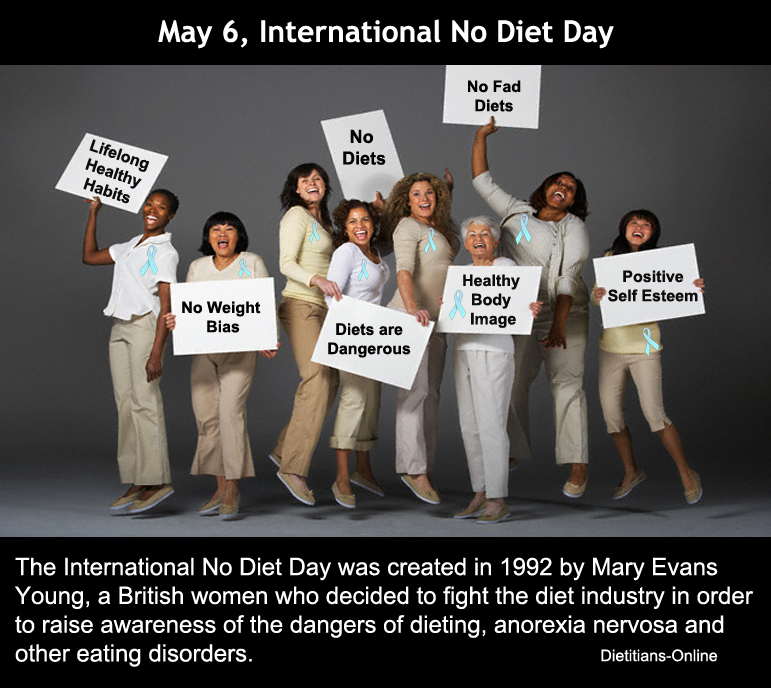
Healthy perception of one's body
Healthy perception of one's body is a state in which a person is satisfied with his body and the way it looks. People with a positive body image tend to have higher self-esteem, better self-acceptance, and lead a healthier lifestyle. If you don’t constantly worry about how “good” or “bad” you look, then you have more opportunities to engage in positive activities, such as spending time with friends, going to social events, you have more freedom in choosing different sports. or hobby.
Dissatisfaction with one's body
Negative body image involves the difference between how a person actually looks and how he should look according to his own idea of an ideal image of himself. At the same time, it may not matter at all how this ideal image is achievable, realistic or safe for health. People are often influenced by public opinion about what is the right weight, what should be the waist or hips, body fat content, what is the ideal shape of certain parts of the body.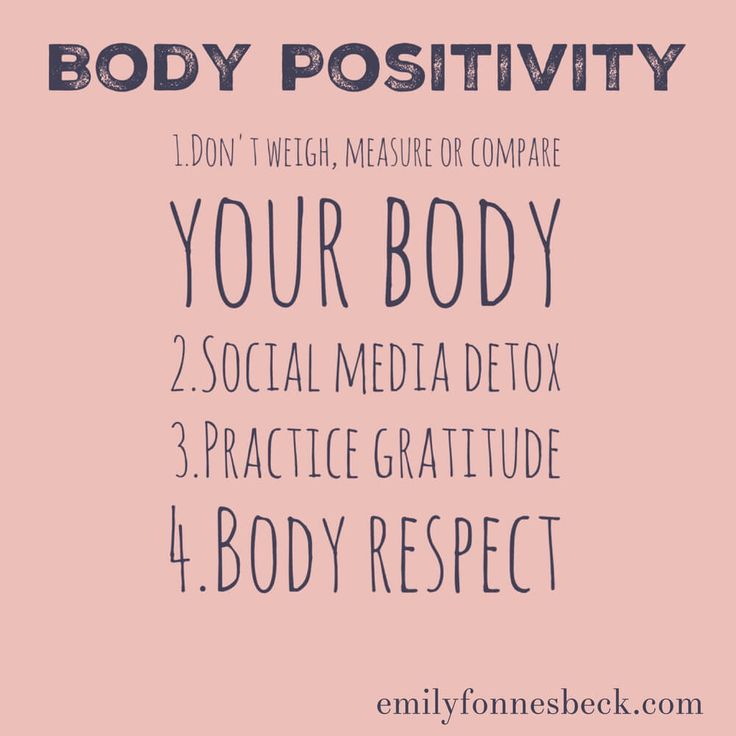
The perception of the body can be significantly influenced by the opinions of spouses, friends, family members, as well as various media or advertising images of the “correct” bodies that are filled with the media. Dissatisfaction with one's body may concern not only the weight, size or volume of individual parts of the body, skin color, the shape of the nose, the length of the legs, the state of the muscles, etc. can cause dissatisfaction.
What causes a negative attitude towards your body?
Informational pressure, which seems to impose "correct" images, can significantly affect the perception of oneself. The media, family, friends, co-workers, spouses and partners can also provoke negative body image. This can be especially significant for those who are overly concerned with weight loss, dieting and initially perceive their body in a negative way. For such people, even a minor remark can lower self-esteem and self-esteem.
There are specific personality traits that increase susceptibility to information that may be perceived negatively.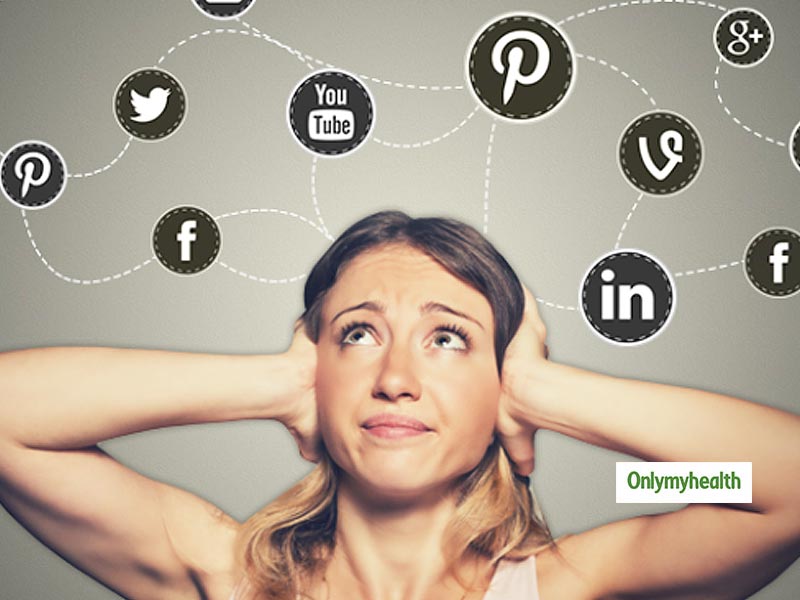 These are perfectionism, “black and white thinking”, low self-esteem, and sensitivity to a negative assessment of the body perception can be influenced by age, sexual orientation, cultural characteristics, principles of upbringing or social environment.
These are perfectionism, “black and white thinking”, low self-esteem, and sensitivity to a negative assessment of the body perception can be influenced by age, sexual orientation, cultural characteristics, principles of upbringing or social environment.
How can I improve my body awareness?
If you find yourself often criticizing your body rather than appreciating it, berating yourself for your "imperfections", comparing yourself to others who are "better" than you, or comparing yourself the way you are now to the way you are should be, then we can assume that the image of the body for you is not too stable and positive.
If, after such comparisons, you almost always give yourself a verdict of inadequacy, then probably your perception of yourself can be called negative.
The good news is that the perception of your body can be changed and improved.
Below I list simple yet powerful ways to improve your sense of self.
(c) illustration Anna Razumovskaya
Information literacy
We are constantly confronted with a stream of information and images of “correct” body shapes: television, the Internet, magazines, commercials, numerous posters and displays offer us beautiful images people with the "ideal" appearance.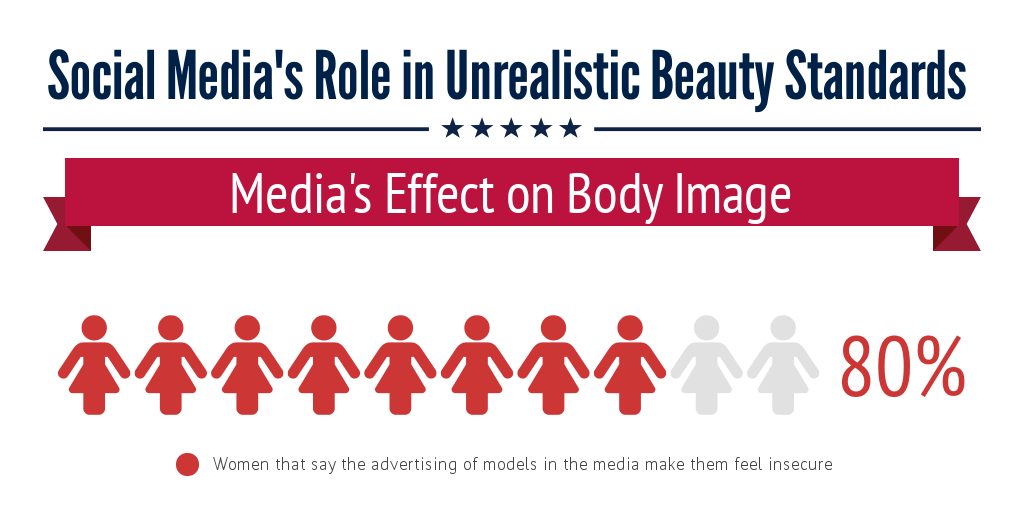 These images, as a rule, can be perceived as a call to the fact that all women should be slim and thin, and men should be muscular and brutal.
These images, as a rule, can be perceived as a call to the fact that all women should be slim and thin, and men should be muscular and brutal.
When you see images like this, try asking yourself the following questions. Is this ad to sell me something? How realistic is this image in advertising? How often do I meet such a person as in advertising in everyday life? Is it possible that the image has been specially adjusted?
Also ask yourself:
-
Do I feel better from seeing such advertisements or information?
-
Does it improve my self-esteem?
-
Does it improve my mood?
The answers to these questions will help you understand the nature of the information being offered. Perhaps you should take care of yourself and not allow negative information to negatively affect your life?
Be kind to yourself
Instead of criticizing yourself for what you don't like about yourself, try to pay attention to what is good about you. Try not to perceive yourself as disparate parts of the body (ugly nose or not slender legs enough, or extra pounds on the sides). You are more than individual body parts. Look at yourself as a whole person.
Try not to perceive yourself as disparate parts of the body (ugly nose or not slender legs enough, or extra pounds on the sides). You are more than individual body parts. Look at yourself as a whole person.
What do you know about yourself as a person? What can you say about who you are? What are you? What can you do? What good things do you know about yourself?
Positive thinking
If you often criticize yourself and talk about yourself in a negative way, then try to detect it at least, and optimally stop yourself in such thoughts and conversations. Be happy for yourself if you managed to do something good, praise yourself, even if it seems insignificant to you. Treat yourself the way you treat your loved one, or close friend, or child: praise yourself for every good thing, console yourself, and be indulgent about your weaknesses and mistakes.
Avoid negative evaluations of other people's bodies
Avoid any critical talk or remarks about other people's bodies or weights.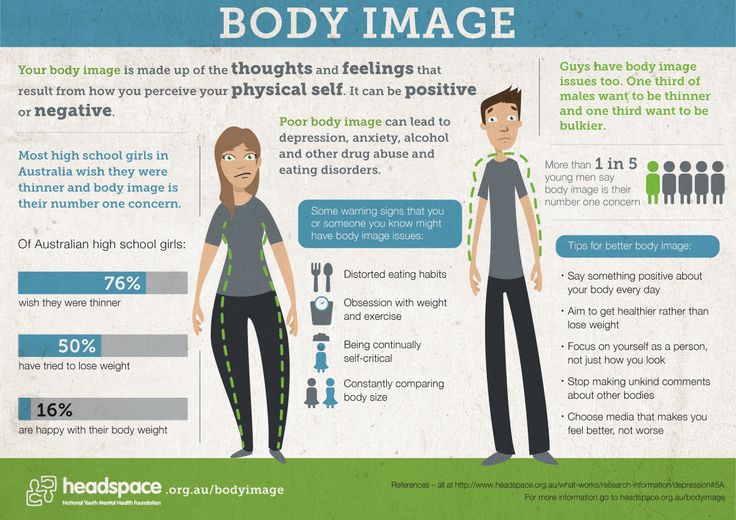 Stop yourself in any comments about how much a person weighs or should weigh, or about his figure or appearance. Not only can such remarks be potentially harmful or painful to others, they also reinforce the importance of unrealistic ideals to you, increase the importance of evaluating body image, which in turn can provoke self-comparison with others and cause a negative attitude towards your appearance.
Stop yourself in any comments about how much a person weighs or should weigh, or about his figure or appearance. Not only can such remarks be potentially harmful or painful to others, they also reinforce the importance of unrealistic ideals to you, increase the importance of evaluating body image, which in turn can provoke self-comparison with others and cause a negative attitude towards your appearance.
Try not to focus on the other person's body, perceive the person as a whole person. Instead of thinking about the features of his physique, think about what this person means to you? Do you like talking to him? Are you comfortable, wondering, does such communication improve your mood? It is possible that you will find that a person is unpleasant to you in terms of his personal characteristics and this is not about his weight, but is it possible that, on the contrary, you feel good and comfortable with him, regardless of his weight and figure?
Take care of yourself
Take time to take care of yourself, do things that make you happy.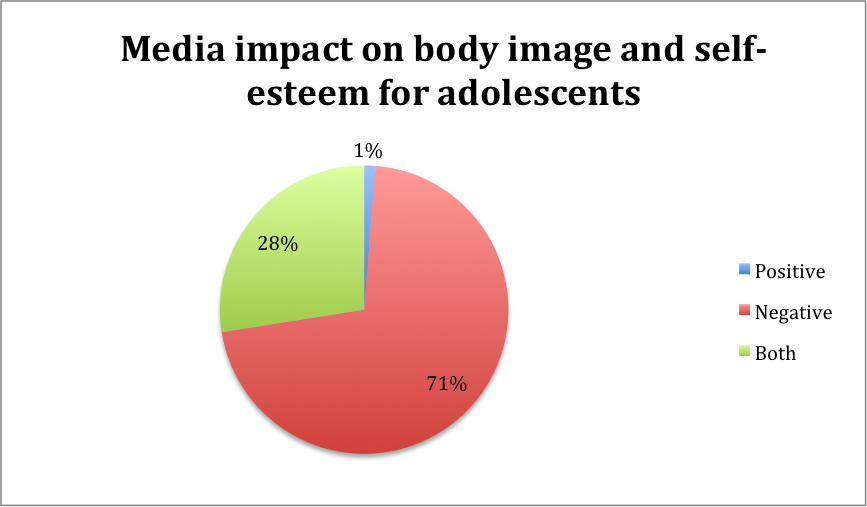 Think about what activities make you happy. Think about your surroundings - in the company of whom you feel better, or perhaps you need solitude?
Think about what activities make you happy. Think about your surroundings - in the company of whom you feel better, or perhaps you need solitude?
Take care of yourself in every possible way and do it more often. Instead of setting a goal to lose weight or get in shape, set yourself a goal of becoming happier!
What if nothing helps?
Sometimes the perception of one's body is so negatively colored and negative thoughts take so much time and so much emotional effort is required to cope with them that the perception of the body becomes an element of obsession and even emotional dependence.
In real life it may sound like this: “I constantly think about how ugly I am, I can spend hours looking at or thinking about my body or weight, it takes me time, negatively affects my work, school, relationships , I give up my favorite activities, romantic dates, career aspirations, meetings with friends, I constantly feel bad, I am angry and hate myself.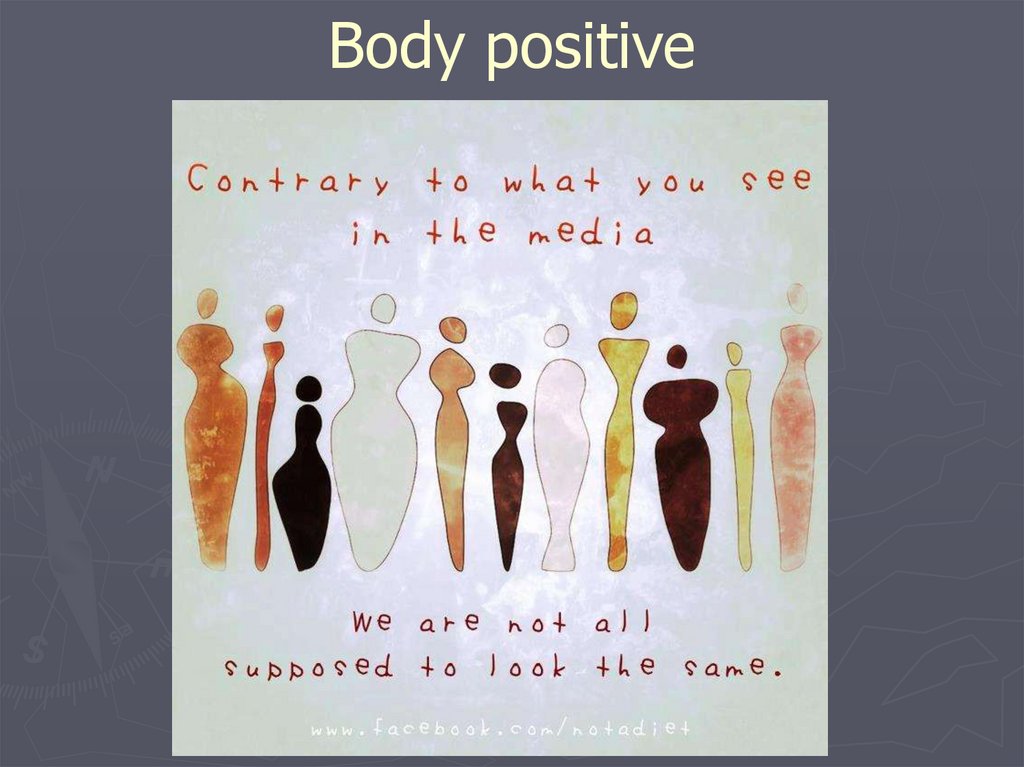 And if no self-care and self-help helps, then, as a rule, we are talking about internal settings that are difficult to change in a logical way. And in such cases, working with a psychologist can help.
And if no self-care and self-help helps, then, as a rule, we are talking about internal settings that are difficult to change in a logical way. And in such cases, working with a psychologist can help.
At the end of this article, I would like to offer some encouragement to those who may have found negative attitudes about their body image. In this matter, changes are possible, and good psychotherapy can help to change the attitude towards oneself, to the perception of one's body, improve mood, self-esteem and improve the quality of one's own life.
Be healthy and take care of yourself!
Psychologist Olga Sologubova
Tel.: +7 (926) 738-96-81
E-mail: [email protected]
Body image therapy for persons with musculoskeletal disorders
%PDF-1.5 % 10 obj > /Metadata 4 0 R >> endobj 5 0 obj /Title >> endobj 20 obj > endobj 3 0 obj > endobj 40 obj > stream
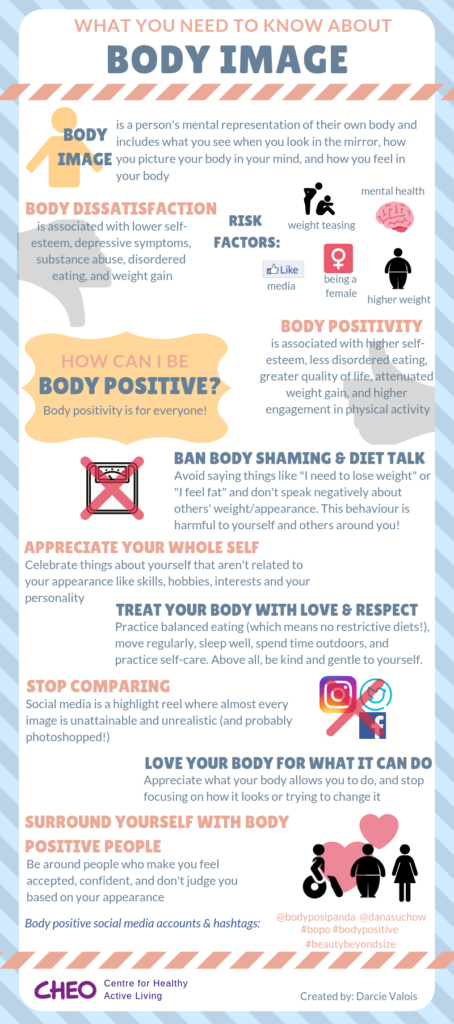 E. 1.52019-02-17T23:31:24+05:002019-02-17T23:31:24+05:00 endstream endobj 6 0 obj > /ProcSet [/PDF /Text /ImageB /ImageC /ImageI] /XObject> >> /MediaBox[0 0 595.
E. 1.52019-02-17T23:31:24+05:002019-02-17T23:31:24+05:00 endstream endobj 6 0 obj > /ProcSet [/PDF /Text /ImageB /ImageC /ImageI] /XObject> >> /MediaBox[0 0 595.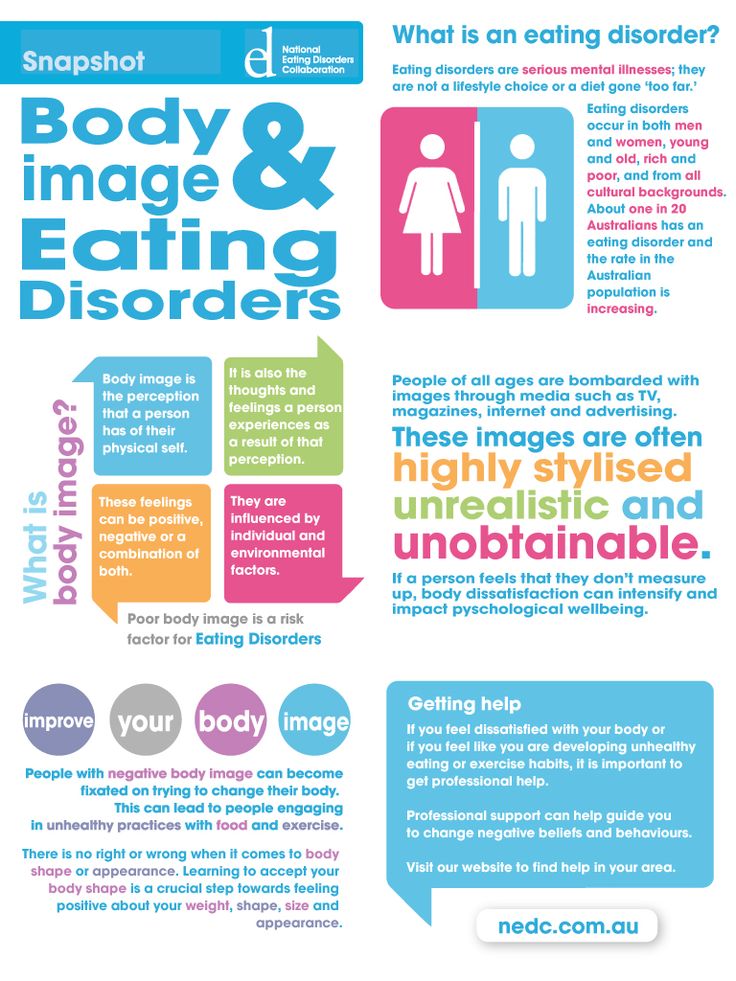 32 841.92] /Contents[63 0 R 64 0 R 65 0 R] /group> /Tabs /S /StructParents 0 /Annots [66 0R] >> endobj 70 obj > /ProcSet [/PDF /Text /ImageB /ImageC /ImageI] >> /Annots [67 0 R 68 0 R 69 0 R 70 0 R 71 0 R 72 0 R 73 0 R 74 0 R 75 0 R 76 0 R 77 0 R 78 0 R 79 0 R 80 0 R 81 0 R 82 0 R 83 0 R 84 0 R 85 0 R 86 0 R 87 0R] /MediaBox [0 0 595.32 841.92] /Contents 88 0 R /group> /Tabs /S /StructParents 3 >> endobj 80 obj > /ExtGState> /ProcSet [/PDF /Text /ImageB /ImageC /ImageI] >> /MediaBox[0 0 595.32 841.92] /Contents 91 0 R /group> /Tabs /S /StructParents 25 >> endobj 9 0 obj > /ExtGState> /ProcSet [/PDF /Text /ImageB /ImageC /ImageI] >> /MediaBox [0 0 595.32 841.92] /Contents 93 0 R /group> /Tabs /S /StructParents 26 >> endobj 10 0 obj > /ExtGState> /ProcSet [/PDF /Text /ImageB /ImageC /ImageI] >> /MediaBox [0 0 595.32 841.92] /Contents 94 0 R /group> /Tabs /S /StructParents 27 >> endobj 11 0 obj > /ExtGState> /ProcSet [/PDF /Text /ImageB /ImageC /ImageI] >> /MediaBox[0 0 595.32 841.92] /Contents 95 0 R /group> /Tabs /S /StructParents 28 >> endobj 12 0 obj > /ExtGState> /ProcSet [/PDF /Text /ImageB /ImageC /ImageI] >> /MediaBox [0 0 595.
32 841.92] /Contents[63 0 R 64 0 R 65 0 R] /group> /Tabs /S /StructParents 0 /Annots [66 0R] >> endobj 70 obj > /ProcSet [/PDF /Text /ImageB /ImageC /ImageI] >> /Annots [67 0 R 68 0 R 69 0 R 70 0 R 71 0 R 72 0 R 73 0 R 74 0 R 75 0 R 76 0 R 77 0 R 78 0 R 79 0 R 80 0 R 81 0 R 82 0 R 83 0 R 84 0 R 85 0 R 86 0 R 87 0R] /MediaBox [0 0 595.32 841.92] /Contents 88 0 R /group> /Tabs /S /StructParents 3 >> endobj 80 obj > /ExtGState> /ProcSet [/PDF /Text /ImageB /ImageC /ImageI] >> /MediaBox[0 0 595.32 841.92] /Contents 91 0 R /group> /Tabs /S /StructParents 25 >> endobj 9 0 obj > /ExtGState> /ProcSet [/PDF /Text /ImageB /ImageC /ImageI] >> /MediaBox [0 0 595.32 841.92] /Contents 93 0 R /group> /Tabs /S /StructParents 26 >> endobj 10 0 obj > /ExtGState> /ProcSet [/PDF /Text /ImageB /ImageC /ImageI] >> /MediaBox [0 0 595.32 841.92] /Contents 94 0 R /group> /Tabs /S /StructParents 27 >> endobj 11 0 obj > /ExtGState> /ProcSet [/PDF /Text /ImageB /ImageC /ImageI] >> /MediaBox[0 0 595.32 841.92] /Contents 95 0 R /group> /Tabs /S /StructParents 28 >> endobj 12 0 obj > /ExtGState> /ProcSet [/PDF /Text /ImageB /ImageC /ImageI] >> /MediaBox [0 0 595.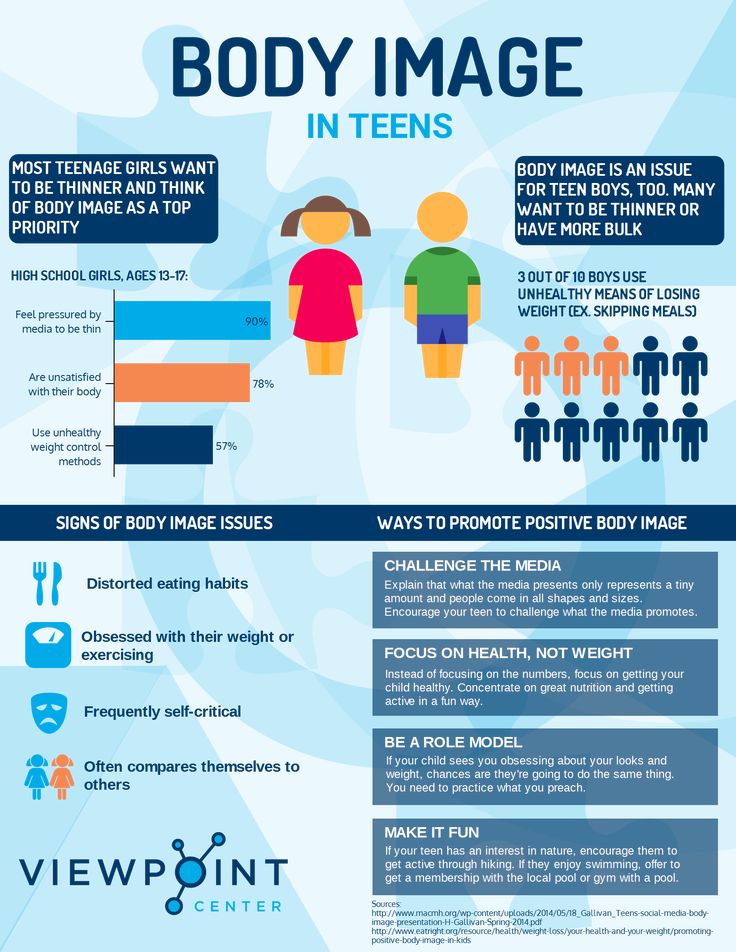 32 841.92] /Contents 96 0 R /group> /Tabs /S /StructParents 29 >> endobj 13 0 obj > /ExtGState> /ProcSet [/PDF /Text /ImageB /ImageC /ImageI] >> /MediaBox [0 0 595.32 841.92] /Contents 97 0 R /group> /Tabs /S /StructParents 30 >> endobj 14 0 obj > /ExtGState> /ProcSet [/PDF /Text /ImageB /ImageC /ImageI] >> /MediaBox[0 0 595.32 841.92] /Contents 98 0R /group> /Tabs /S /StructParents 31 >> endobj 15 0 obj > /ExtGState> /ProcSet [/PDF /Text /ImageB /ImageC /ImageI] >> /MediaBox [0 0 595.32 841.92] /Contents 100 0R /group> /Tabs /S /StructParents 32 >> endobj 16 0 obj > /ExtGState> /ProcSet [/PDF /Text /ImageB /ImageC /ImageI] >> /MediaBox [0 0 595.32 841.92] /Contents 101 0 R /group> /Tabs /S /StructParents 33 >> endobj 17 0 obj > /ExtGState> /ProcSet [/PDF /Text /ImageB /ImageC /ImageI] >> /MediaBox[0 0 595.32 841.92] /Contents 102 0R /group> /Tabs /S /StructParents 34 >> endobj 18 0 obj > /ExtGState> /ProcSet [/PDF /Text /ImageB /ImageC /ImageI] >> /MediaBox [0 0 595.32 841.92] /Contents 103 0R /group> /Tabs /S /StructParents 35 >> endobj 19 0 obj > /ExtGState> /ProcSet [/PDF /Text /ImageB /ImageC /ImageI] >> /MediaBox [0 0 595.
32 841.92] /Contents 96 0 R /group> /Tabs /S /StructParents 29 >> endobj 13 0 obj > /ExtGState> /ProcSet [/PDF /Text /ImageB /ImageC /ImageI] >> /MediaBox [0 0 595.32 841.92] /Contents 97 0 R /group> /Tabs /S /StructParents 30 >> endobj 14 0 obj > /ExtGState> /ProcSet [/PDF /Text /ImageB /ImageC /ImageI] >> /MediaBox[0 0 595.32 841.92] /Contents 98 0R /group> /Tabs /S /StructParents 31 >> endobj 15 0 obj > /ExtGState> /ProcSet [/PDF /Text /ImageB /ImageC /ImageI] >> /MediaBox [0 0 595.32 841.92] /Contents 100 0R /group> /Tabs /S /StructParents 32 >> endobj 16 0 obj > /ExtGState> /ProcSet [/PDF /Text /ImageB /ImageC /ImageI] >> /MediaBox [0 0 595.32 841.92] /Contents 101 0 R /group> /Tabs /S /StructParents 33 >> endobj 17 0 obj > /ExtGState> /ProcSet [/PDF /Text /ImageB /ImageC /ImageI] >> /MediaBox[0 0 595.32 841.92] /Contents 102 0R /group> /Tabs /S /StructParents 34 >> endobj 18 0 obj > /ExtGState> /ProcSet [/PDF /Text /ImageB /ImageC /ImageI] >> /MediaBox [0 0 595.32 841.92] /Contents 103 0R /group> /Tabs /S /StructParents 35 >> endobj 19 0 obj > /ExtGState> /ProcSet [/PDF /Text /ImageB /ImageC /ImageI] >> /MediaBox [0 0 595.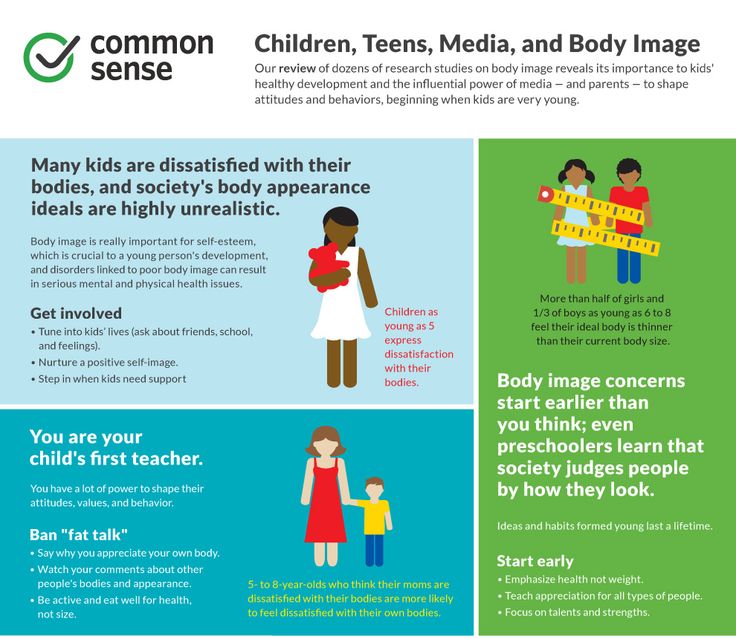 32 841.92] /Contents 104 0 R /group> /Tabs /S /StructParents 36 >> endobj 20 0 obj > /ExtGState> /ProcSet [/PDF /Text /ImageB /ImageC /ImageI] >> /MediaBox[0 0 595.32 841.92] /Contents 106 0 R /group> /Tabs /S /StructParents 37 >> endobj 21 0 obj > /ExtGState> /ProcSet [/PDF /Text /ImageB /ImageC /ImageI] >> /MediaBox [0 0 595.32 841.92] /Contents 107 0 R /group> /Tabs /S /StructParents 38 >> endobj 22 0 obj > /ExtGState> /ProcSet [/PDF /Text /ImageB /ImageC /ImageI] >> /MediaBox [0 0 595.32 841.92] /Contents 108 0 R /group> /Tabs /S /StructParents 39 >> endobj 23 0 obj > /ExtGState> /ProcSet [/PDF /Text /ImageB /ImageC /ImageI] >> /MediaBox[0 0 595.32 841.92] /Contents 109 0 R /group> /Tabs /S /StructParents 40 >> endobj 24 0 obj > /ExtGState> /ProcSet [/PDF /Text /ImageB /ImageC /ImageI] >> /MediaBox [0 0 595.32 841.92] /Contents 110 0R /group> /Tabs /S /StructParents 41 >> endobj 25 0 obj > /ExtGState> /ProcSet [/PDF /Text /ImageB /ImageC /ImageI] >> /MediaBox [0 0 595.32 841.92] /Contents 111 0 R /group> /Tabs /S /StructParents 42 >> endobj 26 0 obj > /ExtGState> /ProcSet [/PDF /Text /ImageB /ImageC /ImageI] >> /MediaBox[0 0 595.
32 841.92] /Contents 104 0 R /group> /Tabs /S /StructParents 36 >> endobj 20 0 obj > /ExtGState> /ProcSet [/PDF /Text /ImageB /ImageC /ImageI] >> /MediaBox[0 0 595.32 841.92] /Contents 106 0 R /group> /Tabs /S /StructParents 37 >> endobj 21 0 obj > /ExtGState> /ProcSet [/PDF /Text /ImageB /ImageC /ImageI] >> /MediaBox [0 0 595.32 841.92] /Contents 107 0 R /group> /Tabs /S /StructParents 38 >> endobj 22 0 obj > /ExtGState> /ProcSet [/PDF /Text /ImageB /ImageC /ImageI] >> /MediaBox [0 0 595.32 841.92] /Contents 108 0 R /group> /Tabs /S /StructParents 39 >> endobj 23 0 obj > /ExtGState> /ProcSet [/PDF /Text /ImageB /ImageC /ImageI] >> /MediaBox[0 0 595.32 841.92] /Contents 109 0 R /group> /Tabs /S /StructParents 40 >> endobj 24 0 obj > /ExtGState> /ProcSet [/PDF /Text /ImageB /ImageC /ImageI] >> /MediaBox [0 0 595.32 841.92] /Contents 110 0R /group> /Tabs /S /StructParents 41 >> endobj 25 0 obj > /ExtGState> /ProcSet [/PDF /Text /ImageB /ImageC /ImageI] >> /MediaBox [0 0 595.32 841.92] /Contents 111 0 R /group> /Tabs /S /StructParents 42 >> endobj 26 0 obj > /ExtGState> /ProcSet [/PDF /Text /ImageB /ImageC /ImageI] >> /MediaBox[0 0 595.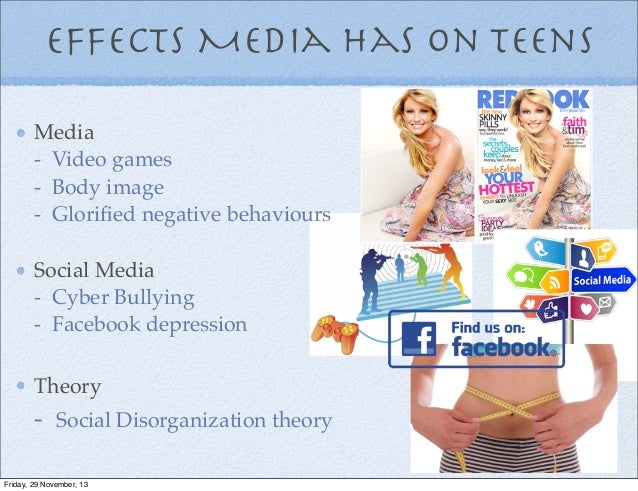 32 841.92] /Contents 112 0 R /group> /Tabs /S /StructParents 43 >> endobj 27 0 obj > /ExtGState> /ProcSet [/PDF /Text /ImageB /ImageC /ImageI] >> /MediaBox [0 0 595.32 841.92] /Contents 113 0R /group> /Tabs /S /StructParents 44 >> endobj 28 0 obj > /ExtGState> /XObject> /ProcSet [/PDF /Text /ImageB /ImageC /ImageI] >> /MediaBox [0 0 595.32 841.92] /Contents 118 0R /group> /Tabs /S /StructParents 1 >> endobj 29 0 obj > /ExtGState> /XObject> /ProcSet [/PDF /Text /ImageB /ImageC /ImageI] >> /MediaBox[0 0 595.32 841.92] /Contents 120 0 R /group> /Tabs /S /StructParents 2 >> endobj 30 0 obj > /ExtGState> /ProcSet [/PDF /Text /ImageB /ImageC /ImageI] >> /MediaBox [0 0 595.32 841.92] /Contents 121 0 R /group> /Tabs /S /StructParents 45 >> endobj 31 0 obj > /ExtGState> /ProcSet [/PDF /Text /ImageB /ImageC /ImageI] >> /MediaBox [0 0 595.32 841.92] /Contents 122 0 R /group> /Tabs /S /StructParents 46 >> endobj 32 0 obj > /ExtGState> /ProcSet [/PDF /Text /ImageB /ImageC /ImageI] >> /MediaBox[0 0 595.
32 841.92] /Contents 112 0 R /group> /Tabs /S /StructParents 43 >> endobj 27 0 obj > /ExtGState> /ProcSet [/PDF /Text /ImageB /ImageC /ImageI] >> /MediaBox [0 0 595.32 841.92] /Contents 113 0R /group> /Tabs /S /StructParents 44 >> endobj 28 0 obj > /ExtGState> /XObject> /ProcSet [/PDF /Text /ImageB /ImageC /ImageI] >> /MediaBox [0 0 595.32 841.92] /Contents 118 0R /group> /Tabs /S /StructParents 1 >> endobj 29 0 obj > /ExtGState> /XObject> /ProcSet [/PDF /Text /ImageB /ImageC /ImageI] >> /MediaBox[0 0 595.32 841.92] /Contents 120 0 R /group> /Tabs /S /StructParents 2 >> endobj 30 0 obj > /ExtGState> /ProcSet [/PDF /Text /ImageB /ImageC /ImageI] >> /MediaBox [0 0 595.32 841.92] /Contents 121 0 R /group> /Tabs /S /StructParents 45 >> endobj 31 0 obj > /ExtGState> /ProcSet [/PDF /Text /ImageB /ImageC /ImageI] >> /MediaBox [0 0 595.32 841.92] /Contents 122 0 R /group> /Tabs /S /StructParents 46 >> endobj 32 0 obj > /ExtGState> /ProcSet [/PDF /Text /ImageB /ImageC /ImageI] >> /MediaBox[0 0 595. 32 841.92] /Contents 124 0 R /group> /Tabs /S /StructParents 47 >> endobj 33 0 obj > /ExtGState> /ProcSet [/PDF /Text /ImageB /ImageC /ImageI] >> /MediaBox [0 0 595.32 841.92] /Contents 125 0R /group> /Tabs /S /StructParents 48 >> endobj 34 0 obj > /ExtGState> /ProcSet [/PDF /Text /ImageB /ImageC /ImageI] >> /MediaBox [0 0 595.32 841.92] /Contents 126 0R /group> /Tabs /S /StructParents 49 >> endobj 35 0 obj > /ExtGState> /ProcSet [/PDF /Text /ImageB /ImageC /ImageI] >> /MediaBox[0 0 595.32 841.92] /Contents 128 0R /group> /Tabs /S /StructParents 50 >> endobj 36 0 obj > /ExtGState> /ProcSet [/PDF /Text /ImageB /ImageC /ImageI] >> /MediaBox [0 0 595.32 841.92] /Contents 129 0 R /group> /Tabs /S /StructParents 51 >> endobj 37 0 obj > /ExtGState> /ProcSet [/PDF /Text /ImageB /ImageC /ImageI] >> /MediaBox [0 0 595.32 841.92] /Contents 130 0 R /group> /Tabs /S /StructParents 52 >> endobj 38 0 obj > /ExtGState> /ProcSet [/PDF /Text /ImageB /ImageC /ImageI] >> /MediaBox[0 0 595.32 841.92] /Contents 131 0 R /group> /Tabs /S /StructParents 53 >> endobj 39 0 obj > /ExtGState> /ProcSet [/PDF /Text /ImageB /ImageC /ImageI] >> /MediaBox [0 0 595.
32 841.92] /Contents 124 0 R /group> /Tabs /S /StructParents 47 >> endobj 33 0 obj > /ExtGState> /ProcSet [/PDF /Text /ImageB /ImageC /ImageI] >> /MediaBox [0 0 595.32 841.92] /Contents 125 0R /group> /Tabs /S /StructParents 48 >> endobj 34 0 obj > /ExtGState> /ProcSet [/PDF /Text /ImageB /ImageC /ImageI] >> /MediaBox [0 0 595.32 841.92] /Contents 126 0R /group> /Tabs /S /StructParents 49 >> endobj 35 0 obj > /ExtGState> /ProcSet [/PDF /Text /ImageB /ImageC /ImageI] >> /MediaBox[0 0 595.32 841.92] /Contents 128 0R /group> /Tabs /S /StructParents 50 >> endobj 36 0 obj > /ExtGState> /ProcSet [/PDF /Text /ImageB /ImageC /ImageI] >> /MediaBox [0 0 595.32 841.92] /Contents 129 0 R /group> /Tabs /S /StructParents 51 >> endobj 37 0 obj > /ExtGState> /ProcSet [/PDF /Text /ImageB /ImageC /ImageI] >> /MediaBox [0 0 595.32 841.92] /Contents 130 0 R /group> /Tabs /S /StructParents 52 >> endobj 38 0 obj > /ExtGState> /ProcSet [/PDF /Text /ImageB /ImageC /ImageI] >> /MediaBox[0 0 595.32 841.92] /Contents 131 0 R /group> /Tabs /S /StructParents 53 >> endobj 39 0 obj > /ExtGState> /ProcSet [/PDF /Text /ImageB /ImageC /ImageI] >> /MediaBox [0 0 595.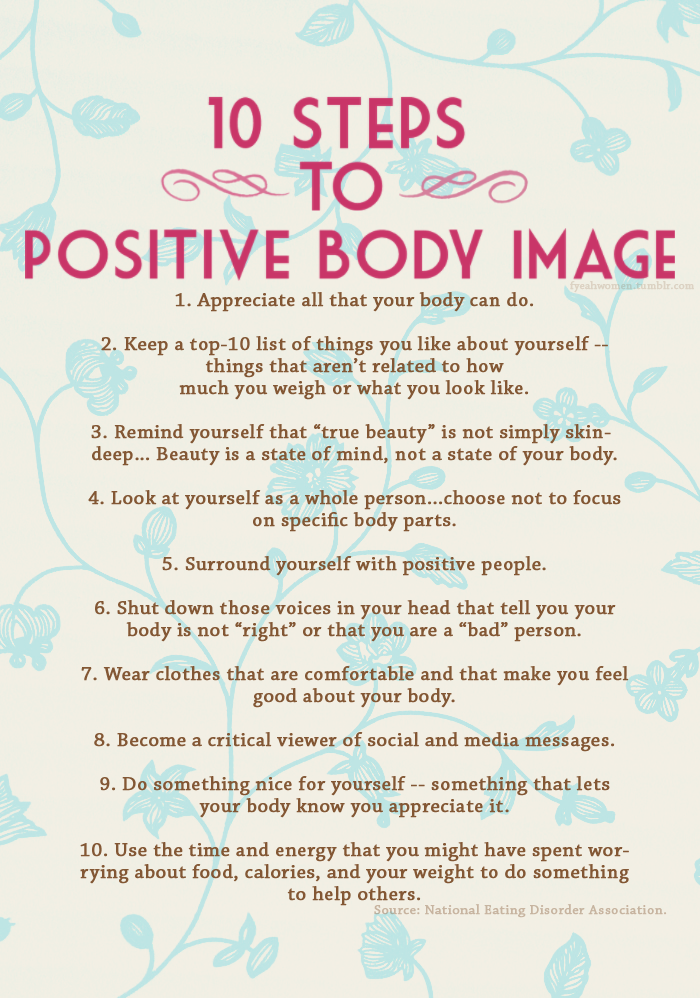 32 841.92] /Contents 132 0 R /group> /Tabs /S /StructParents 54 >> endobj 40 0 obj > /ExtGState> /ProcSet [/PDF /Text /ImageB /ImageC /ImageI] >> /MediaBox [0 0 595.32 841.92] /Contents 133 0 R /group> /Tabs /S /StructParents 55 >> endobj 41 0 obj > /ExtGState> /ProcSet [/PDF /Text /ImageB /ImageC /ImageI] >> /MediaBox[0 0 595.32 841.92] /Contents 134 0 R /group> /Tabs /S /StructParents 56 >> endobj 42 0 obj > /ExtGState> /ProcSet [/PDF /Text /ImageB /ImageC /ImageI] >> /MediaBox [0 0 595.32 841.92] /Contents 135 0 R /group> /Tabs /S /StructParents 57 >> endobj 43 0 obj > /ExtGState> /ProcSet [/PDF /Text /ImageB /ImageC /ImageI] >> /MediaBox [0 0 595.32 841.92] /Contents 136 0 R /group> /Tabs /S /StructParents 58 >> endobj 44 0 obj > /ExtGState> /ProcSet [/PDF /Text /ImageB /ImageC /ImageI] >> /MediaBox[0 0 595.32 841.92] /Contents 137 0 R /group> /Tabs /S /StructParents 59 >> endobj 45 0 obj > /ExtGState> /ProcSet [/PDF /Text /ImageB /ImageC /ImageI] >> /MediaBox [0 0 595.32 841.92] /Contents 138 0 R /group> /Tabs /S /StructParents 60 >> endobj 46 0 obj > /ExtGState> /ProcSet [/PDF /Text /ImageB /ImageC /ImageI] >> /MediaBox [0 0 595.
32 841.92] /Contents 132 0 R /group> /Tabs /S /StructParents 54 >> endobj 40 0 obj > /ExtGState> /ProcSet [/PDF /Text /ImageB /ImageC /ImageI] >> /MediaBox [0 0 595.32 841.92] /Contents 133 0 R /group> /Tabs /S /StructParents 55 >> endobj 41 0 obj > /ExtGState> /ProcSet [/PDF /Text /ImageB /ImageC /ImageI] >> /MediaBox[0 0 595.32 841.92] /Contents 134 0 R /group> /Tabs /S /StructParents 56 >> endobj 42 0 obj > /ExtGState> /ProcSet [/PDF /Text /ImageB /ImageC /ImageI] >> /MediaBox [0 0 595.32 841.92] /Contents 135 0 R /group> /Tabs /S /StructParents 57 >> endobj 43 0 obj > /ExtGState> /ProcSet [/PDF /Text /ImageB /ImageC /ImageI] >> /MediaBox [0 0 595.32 841.92] /Contents 136 0 R /group> /Tabs /S /StructParents 58 >> endobj 44 0 obj > /ExtGState> /ProcSet [/PDF /Text /ImageB /ImageC /ImageI] >> /MediaBox[0 0 595.32 841.92] /Contents 137 0 R /group> /Tabs /S /StructParents 59 >> endobj 45 0 obj > /ExtGState> /ProcSet [/PDF /Text /ImageB /ImageC /ImageI] >> /MediaBox [0 0 595.32 841.92] /Contents 138 0 R /group> /Tabs /S /StructParents 60 >> endobj 46 0 obj > /ExtGState> /ProcSet [/PDF /Text /ImageB /ImageC /ImageI] >> /MediaBox [0 0 595.